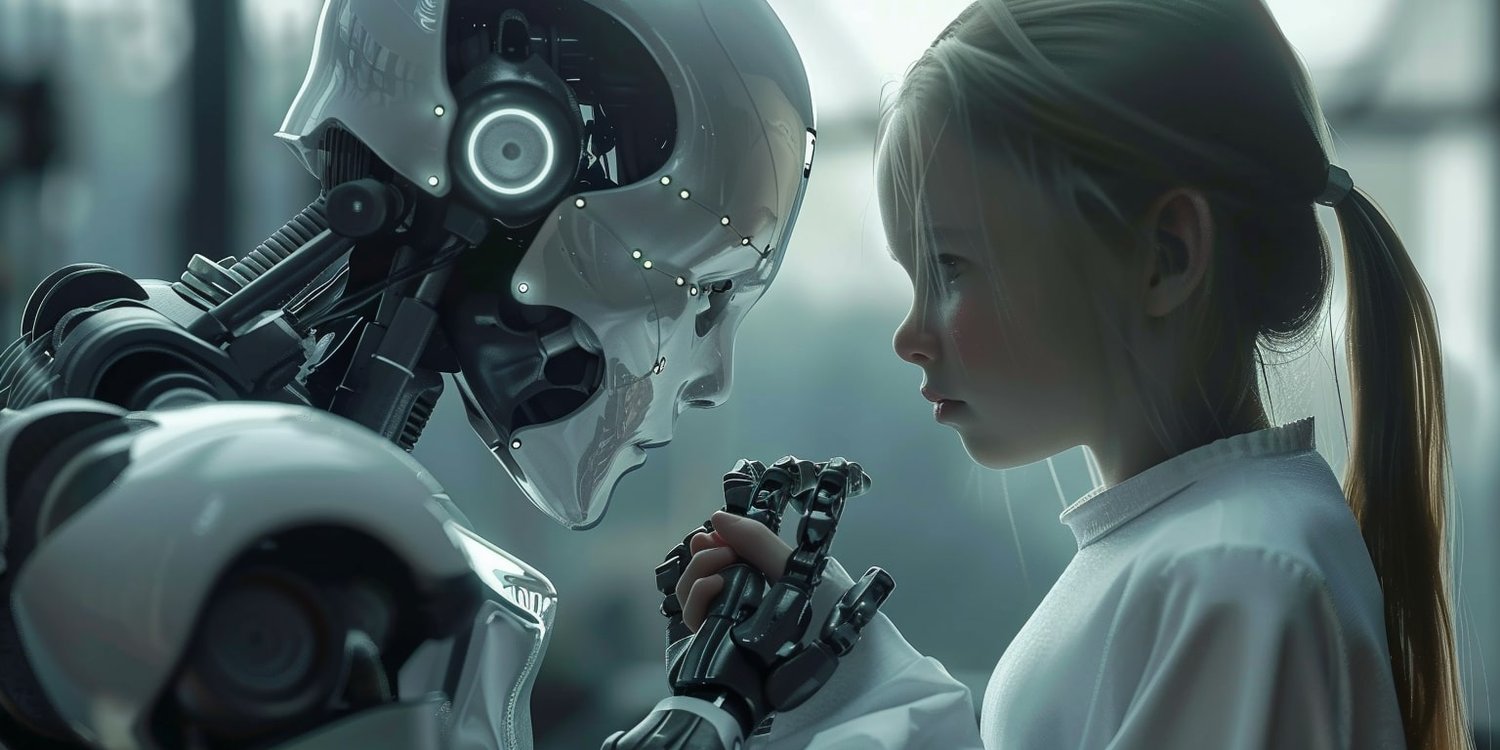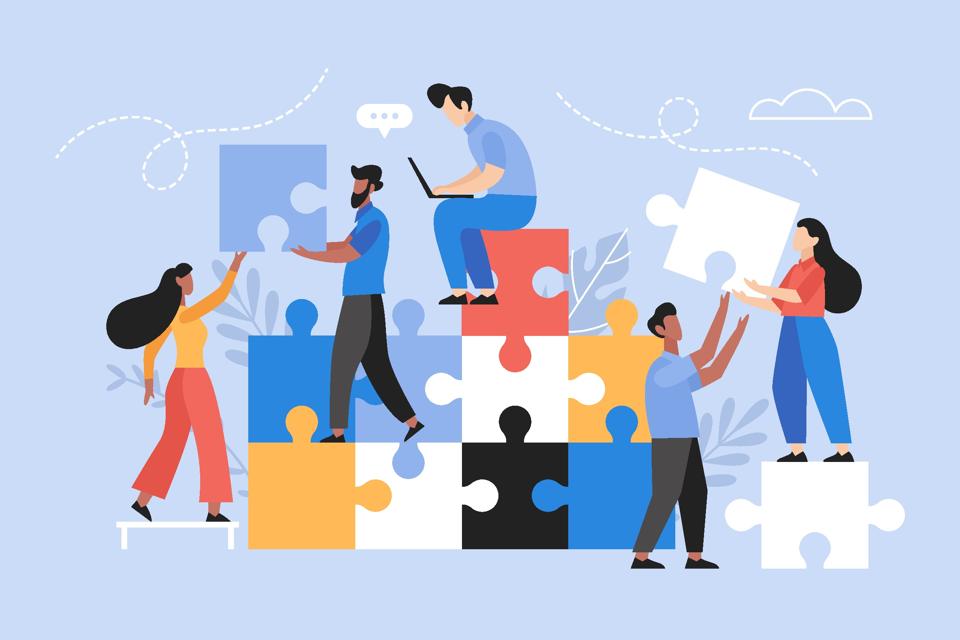

Humans and AI have the potential to coexist, and in many respects, this coexistence is already occurring. The interaction between humans and AI presents both opportunities and hurdles, nurturing a dynamic that can be positively influenced through careful management and foresight. Here are several crucial elements of this coexistence:
Collaboration and Enhancement
-
Complementary Abilities: AI systems have the capacity to process and analyze data at speeds and volumes surpassing human capability, while humans shine in creativity, empathy, and ethical decision-making. This collaboration can enhance decision-making and spur innovation.
-
Augmentation: AI technologies can enhance human abilities, providing support in various fields such as medicine, where AI assists with diagnostics and personalized treatment plans, and education, where it delivers tailored learning experiences.
Economic and Social Impacts
-
Job Transformation: AI is set to transform the job landscape, automating routine tasks while also generating new roles and opportunities, particularly in AI management, ethics, and development. The priority will be to facilitate a workforce transition that is smooth, backed by education and training initiatives.
-
Social Benefits: AI holds the promise of tackling complex societal issues, such as enhancing healthcare outcomes, increasing accessibility for individuals with disabilities, and aiding in addressing climate change challenges.
Ethical and Governance Considerations
-
Ethical AI Use: The ethical deployment of AI necessitates ensuring fairness, privacy, and transparency within AI systems, which calls for continuous dialogue among technologists, policymakers, and the general public.
-
Global Governance: Establishing international guidelines and agreements surrounding AI technologies can assist in mitigating risks and ensure benefits are equitably distributed.
Challenges and Risks
-
Bias and Discrimination: AI systems risk perpetuating or even intensifying biases embedded in their training data, necessitating proactive measures to uphold fairness and inclusivity.
-
Security Risks: AI systems may be susceptible to hacking and misuse, including the generation of deepfakes and autonomous weapons, presenting serious security challenges.
The coexistence of humans and AI is not just a future possibility; it is already taking shape. The focus now lies in navigating this coexistence in a manner that maximizes advantages while minimizing risks. This requires collaborative efforts across various sectors and disciplines, aspiring for a future where AI amplifies human potential and contributes positively to society as a whole. As this relationship progresses, ongoing evaluation and adaptation will be vital to tackle emerging challenges and opportunities.
What should individuals do if they lose income due to the expanded use of AI?
The growing prevalence of AI and automation presents notable challenges for the workforce, especially for those whose positions are vulnerable to automation. Here are several strategies for individuals who may experience income loss due to the rise of AI:
1. Reskilling and Upskilling
-
Invest in Education: Commit to continuous learning by acquiring new skills that are in demand. This may include formal education or online courses in sectors less likely to face automation, like creative arts, technology, healthcare, and services that require significant human interaction.
-
Tech Literacy: Develop a basic understanding of AI and technology. Even if not working directly within tech, having foundational knowledge can prove advantageous across a variety of roles.
2. Career Transition
-
Identify Growth Industries: Seek roles in sectors expected to expand due to advancements in AI and technology. Healthcare, renewable energy, and tech industries are frequently mentioned as areas with growth potential.
-
Leverage Transferable Skills: Evaluate skills that can be utilized in another role or sector. Many skills, such as problem-solving, communication, and project management, are applicable across diverse fields.
3. Entrepreneurship
-
Innovate: Take advantage of this shift to launch a new venture. Innovations in AI and technology are creating fresh niches and entrepreneurial prospects.
-
Consultancy: Individuals with substantial experience in their domain can offer their insights as consultants, assisting companies in transitioning to more automated operations.
4. Advocacy and Support
-
Engage with Policymakers: Advocate for policies that protect workers, such as universal basic income, retraining subsidies, and transitional assistance for those affected by automation.
-
Community Support: Join or create community groups centered on mutual aid and networking. These groups can provide essential resources, connections, and emotional support during transitions.
5. Mindset and Adaptability
-
Adaptive Mindset: Foster a mindset willing to embrace change and perceive challenges as opportunities for development.
-
Flexibility: Be open to relocating, shifting industries, or altering lifestyle choices as needed to adapt to the evolving job landscape.
6. Financial Planning
-
Savings and Investments: Establish a financial safety net to navigate transitional phases. Consider diversifying income streams, such as investing in stocks or real estate, to lessen dependence on a single income source.
The displacement of jobs due to AI and automation presents a significant challenge, yet it also creates opportunities for those ready to adapt and develop. Prioritizing continuous learning, flexibility, and the pursuit of less automatable sectors can help alleviate the risks associated with job displacement. Furthermore, societal and policy measures will be essential in supporting those impacted by these technological advancements.

